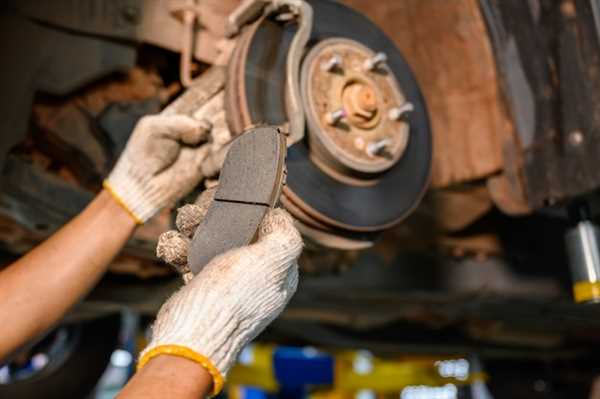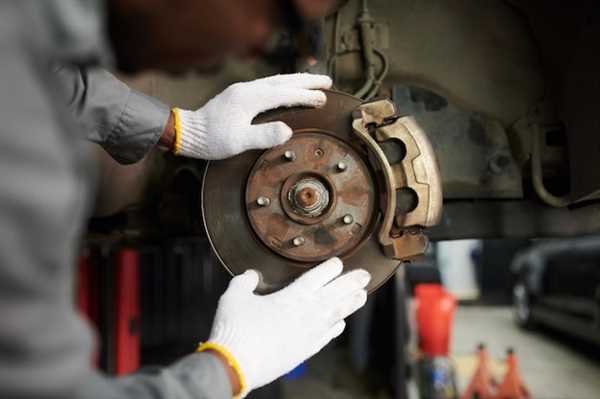
Prioritize thorough evaluations of your vehicle’s stopping mechanisms before each event. Inspections should encompass every component, from pads to lines, ensuring that wear and integrity are up to standard. Look for any signs of fraying or damage that could compromise performance on the track.
Regular checks should include testing fluid levels and inspecting for leaks, as hydraulic pressure is paramount to responsiveness. Always verify the functionality of the master cylinder and calipers; a malfunction here can lead to catastrophic failures during high-speed maneuvers.
Don’t overlook the importance of the temperature management system. The ability to dissipate heat is critical for maintaining consistent performance; assess airflow around the rotors and consider upgrading to ventilated designs if necessary. Advance planning in your maintenance routine ensures that every race remains competitive and controlled.
Identifying Critical Components of Race Brake Systems
Ensure that pads have high friction coefficients suitable for the intended surface conditions; utilize compounds that maintain performance under extreme temperatures.
Regularly check rotors for warping or cracks, which can lead to uneven pedal feel and fading. Look for materials like carbon-carbon or carbon-ceramic for enhanced thermal properties.
Verify caliper integrity, inspecting seals and pistons for wear. A strong caliper design improves pedal response and hydraulic efficiency, critical for high-speed scenarios.
Examine fluid quality and levels. Use high-performance brake fluid with a high boiling point to prevent vapor lock, which can compromise braking ability when heat builds up.
Evaluate lines and hoses for flexibility and resistance to high pressure. Consider stainless steel braided lines for superior durability and reduced expansion.
Review master cylinder specifications; ensure it matches the system requirements to provide adequate pressure without excessive pedal travel.
Monitor cooling solutions, such as ducting and vents, that channel air to components. Effective cooling minimizes performance degradation during intense sessions.
Keep an eye on adjustments and settings for balance. Proper weight distribution between front and rear is critical to managing grip and stability during maneuvers.
Evaluating Brake Pads and Rotors for Optimal Performance

Regular examination of pads and rotors is paramount to ensure superior deceleration capabilities. Aim to check the friction material thickness; it should ideally be above 3mm. Replace any that fall below this threshold to maintain consistent stopping power.
Pay attention to the surface condition of the rotors. Look out for grooves or scoring, which can negatively impact pad effectiveness and lead to uneven wear. A smooth rotor surface allows for optimal contact and better heat dispersion.
Heat management is critical; overcooked materials can cause fade. Consider the heat rating of both pads and rotors, especially if subjected to high temperatures regularly. Utilize slotted or drilled rotors to improve cooling and reduce gas build-up, which can diminish performance.
Check for consistent pad wear across the axle. Uneven wear may indicate issues with calipers or alignment, affecting overall handling. It’s advisable to replace pads in pairs to maintain balance and ensure predictability during braking maneuvers.
Use a dial gauge to measure rotor runout; deviations can lead to pulsation during application. Maintain runout within 0.002 inches to ensure stability under braking stress. Regularly service and lubricate caliper slides to promote even pressure on the pads.
Conducting System Checks: Fluid Levels and Line Integrity

Verify fluid levels in the reservoir, ensuring they meet the manufacturer’s specifications. This includes checking the primary liquid responsible for function and ensuring it is free from contamination. A level below the designated mark can lead to diminished stopping power and potential failures.
Examine the lines for any signs of wear, such as cracks, abrasion, or leakage. Inspect fittings for tightness and integrity. Loose connections can introduce air, compromising efficiency. Replace any components that appear degraded to maintain optimal conditions.
Perform a pressure test to ensure no leaks are present in the system. Apply a suitable testing method that matches the specifications of the components being used. Monitor for any pressure drops which may indicate a breach.
After these evaluations, document the findings thoroughly. Maintaining detailed records allows for tracking changes over time and planning further maintenance as needed. Implement routine checks based on usage frequency to preemptively address any issues.


